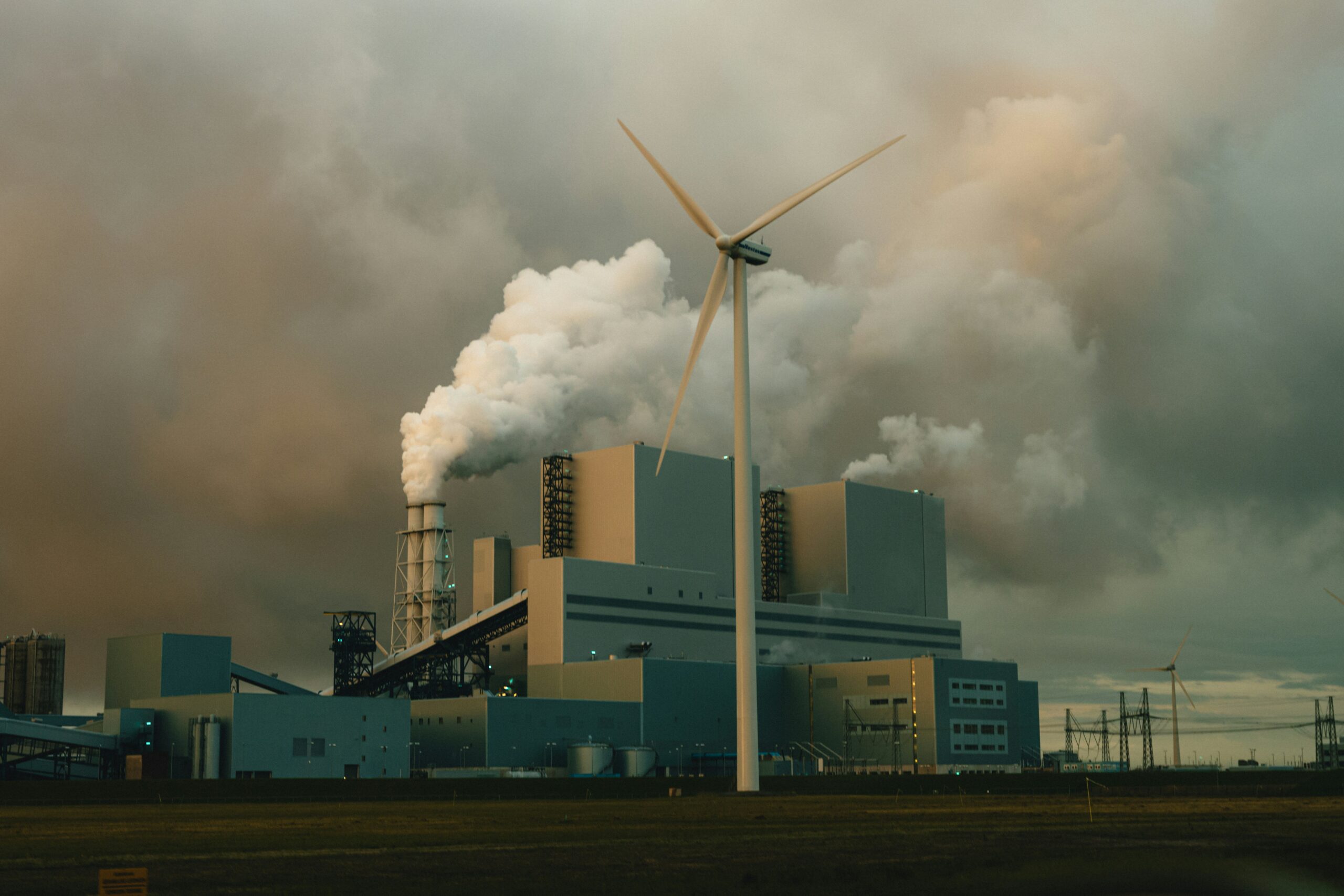This blog was written for publication by the Data-Driven EnviroLab in October 2024.
This month, we launched the 2024 Urban Environment and Social Inclusion Index (UESI), both as a PDF report and updated webpage.
With our new and improved website, users can more easily explore the nuances of UESI cities’ performances and easily compare any given cities’ performance to that of another city.
Our 2024 UESI has been significantly updated since the last full report release in 2018. Since the 2018 release, we have expanded the number of cities analyzed in the report from just over 30 to nearly 300, with particular expansion of coverage of cities in the Global South.
Our updated analysis generated key findings on global cities’ trends in environmental performance and equity:
1. Top-performing cities, primarily in Europe, excel across all categories, particularly in climate emissions and air quality. Lower-performing cities, often in Asia and South America, face challenges with climate change, PM2.5 pollution and urban heat indicators. Top-performing cities generally perform very well with tree cover per capita, proximity to public transit, and fine particulate matter pollution (PM2.5) concentration, while there is more variation in their urban heat, tree cover loss, and nitrogen dioxide (NO2) concentration. Lower-performing cities see wide variation among all indicators.
2. Cities are not sharing environmental benefits and burdens equally. In nearly half of cities, environmental benefits and hazards are unevenly distributed, amplifying already stark income inequalities. Across the globe, poorer residents are often exposed to a disproportionate environmental burden compared to wealthier residents. This phenomenon can exacerbate existing income inequality. Fig. 1: A four-quadrant plot examining the relationship between environmental performance (in terms of average z-score, indicating the distance from the mean for a city’s performance on the UESI indicators) and equity (in terms of average concentration index). The label in each quadrant indicates the relation between both aspects. The number of cities located in each quadrant is signified in the corners of each quadrant.
Fig. 1: A four-quadrant plot examining the relationship between environmental performance (in terms of average z-score, indicating the distance from the mean for a city’s performance on the UESI indicators) and equity (in terms of average concentration index). The label in each quadrant indicates the relation between both aspects. The number of cities located in each quadrant is signified in the corners of each quadrant.
3. There is not a clear relationship between a city’s wealth and their environmental performance. Unlike the previous report, there is not a clearly positive relationship between wealth and environmental performance. 56 cities, including large cities like Paris and Singapore, perform poorly on environmental indicators; this may be explained by poor performance on our new GHG Emissions Index.
4. Cities’ environmental progress has stagnated in recent years. Despite a few cities improving on their environmental performance from 2019-2020, the majority of cities have stagnated on their environmental progress, and some have backslid. Fig. 2a: The distribution and trend of UESI cities’ on environmental performance between 2019 and 2024.
Fig. 2a: The distribution and trend of UESI cities’ on environmental performance between 2019 and 2024. Fig. 2b: The distribution and trend of UESI cities’ equity performance between 2019 and 2024.
Fig. 2b: The distribution and trend of UESI cities’ equity performance between 2019 and 2024.
5. Air pollution remains a significant threat to environmental and human health. As the second-leading cause of death globally, air pollution is responsible for 8 million deaths per year. While some cities, especially cities in developed countries, are making progress, exposure levels have remained particularly high for cities in the Global South, where economic development is tightly-linked with high-polluting industries. Check out our interactive #Smogstripes application to see how your city performs on air quality. Fig. 3: Smogstripes of years that exceeded the 2005 World Health Organization recommended-PM2.5 threshold for safe exposure.
Fig. 3: Smogstripes of years that exceeded the 2005 World Health Organization recommended-PM2.5 threshold for safe exposure.
6. Poorer urban populations are facing an undue burden of urban heat. From 2019-2024, average heat has increased in all regions and in most climate zones. In 156 of 275 cities, poorer neighborhoods are disproportionately burdened by the effects of increased urban heat, regardless of how this city performed on the Urban Heat indicator overall. This challenge is especially prevalent in the US and Australia, where 80% of cities overburden poorer populations with greater urban heat.
7. Not enough cities have ambitious climate targets and concrete mitigation strategies. Although roughly half of global cities have climate action targets whose ambition is on-par with their nation’s targets, many cities, particularly in the Global North, are lacking climate action plans with detail and ambition. 67 UESI cities have no climate action plan, and 15% of cities in the US and Europe have less ambitious climate action strategies than their national counterparts. Fig. 4: Ambition Alignment for City Climate Targets and corresponding country’s targets
Fig. 4: Ambition Alignment for City Climate Targets and corresponding country’s targets
8. Cities’ consumption-based emissions can be 5 to 10 times higher than their territorial emissions, emphasizing their major role in global emissions and climate change mitigation. Top-performing cities tend to have emissions tied to energy and building sectors, while low-performing cities are associated with industrial activity. In developed regions, the relocation of high-emitting sectors outside city boundaries increases consumption-based emissions, whereas developing cities often have these sectors within their limits. This highlights the need for cities to account for both consumption-based and territorial emissions to fully address their climate impacts.
9. Tree cover is declining in UESI cities. From 2000 to 2023, across all UESI cities, over 4,000 km of tree cover was lost – an area nearly 6x the size of New York City. In many cities, particularly developing cities, deforestation and urban tree cover loss occurs to make way for new economic development and expansion. Fig. 5: The 20 UESI cities with the highest proportion of tree loss from 2000 to 2021, relative to a year 2000 baseline.
Fig. 5: The 20 UESI cities with the highest proportion of tree loss from 2000 to 2021, relative to a year 2000 baseline.
10. More than a quarter of UESI cities still lack walkable public transit infrastructure, though improvements have been made since 2019. Almost half of the cities now provide public transit access within 1.2 km for all neighborhoods; however, access varies significantly within cities. Denser cities like Barcelona and Tokyo offer stations within 300 meters, while sprawling cities like Houston and Wenzhou may require walks of over 5 km.
Stay tuned for more detailed explanations, coming soon, on the 2024 UESI’s updated methods and new Climate Change indicator


Leave a Reply